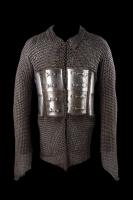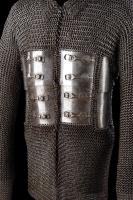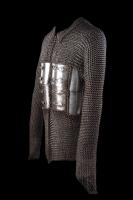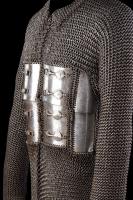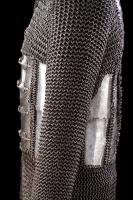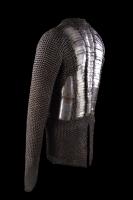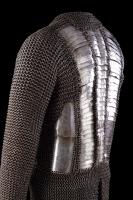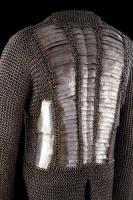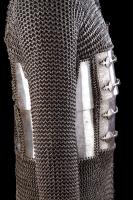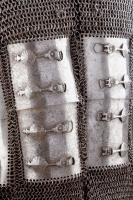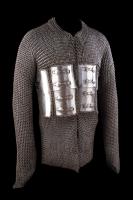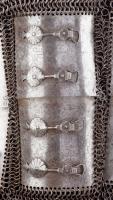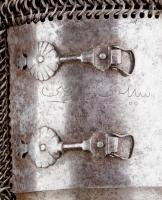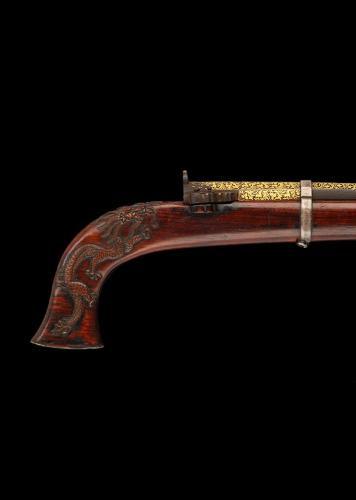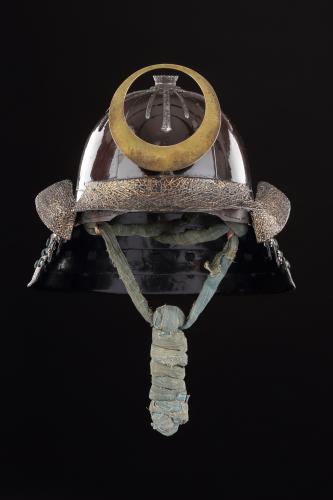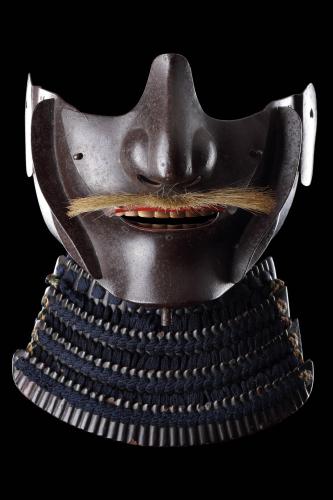
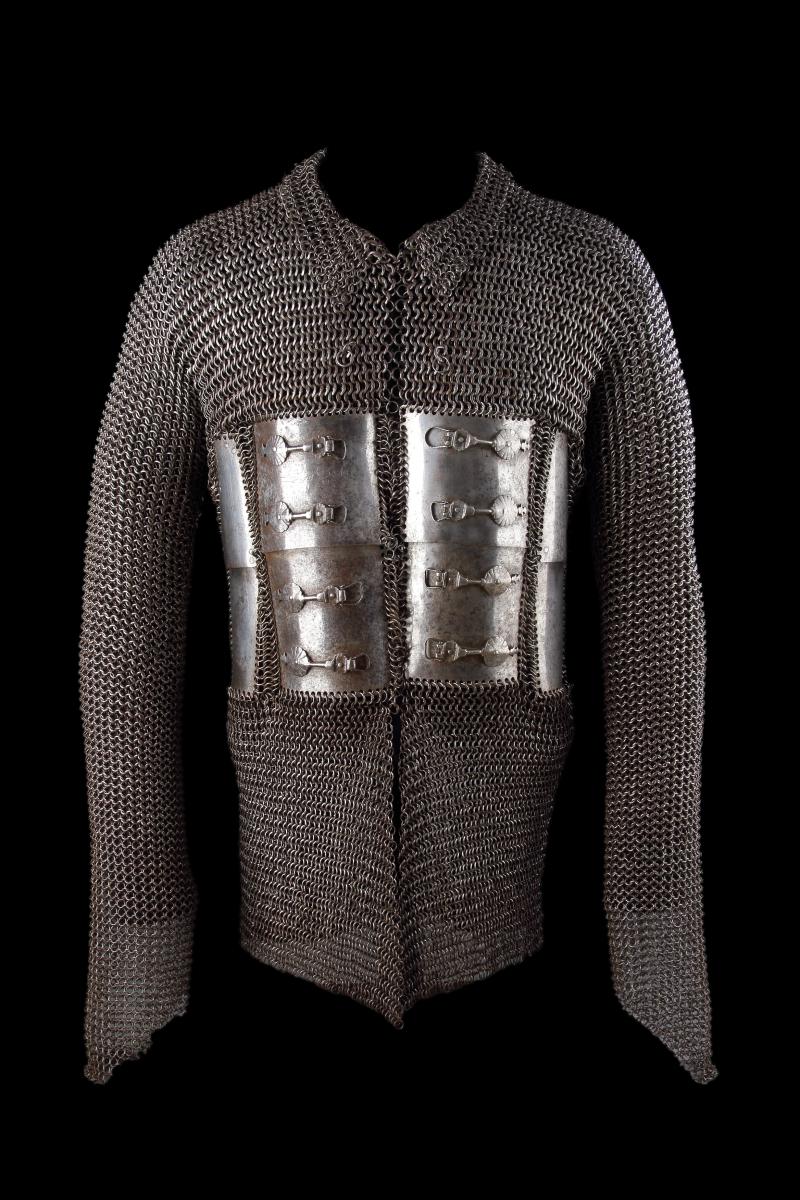
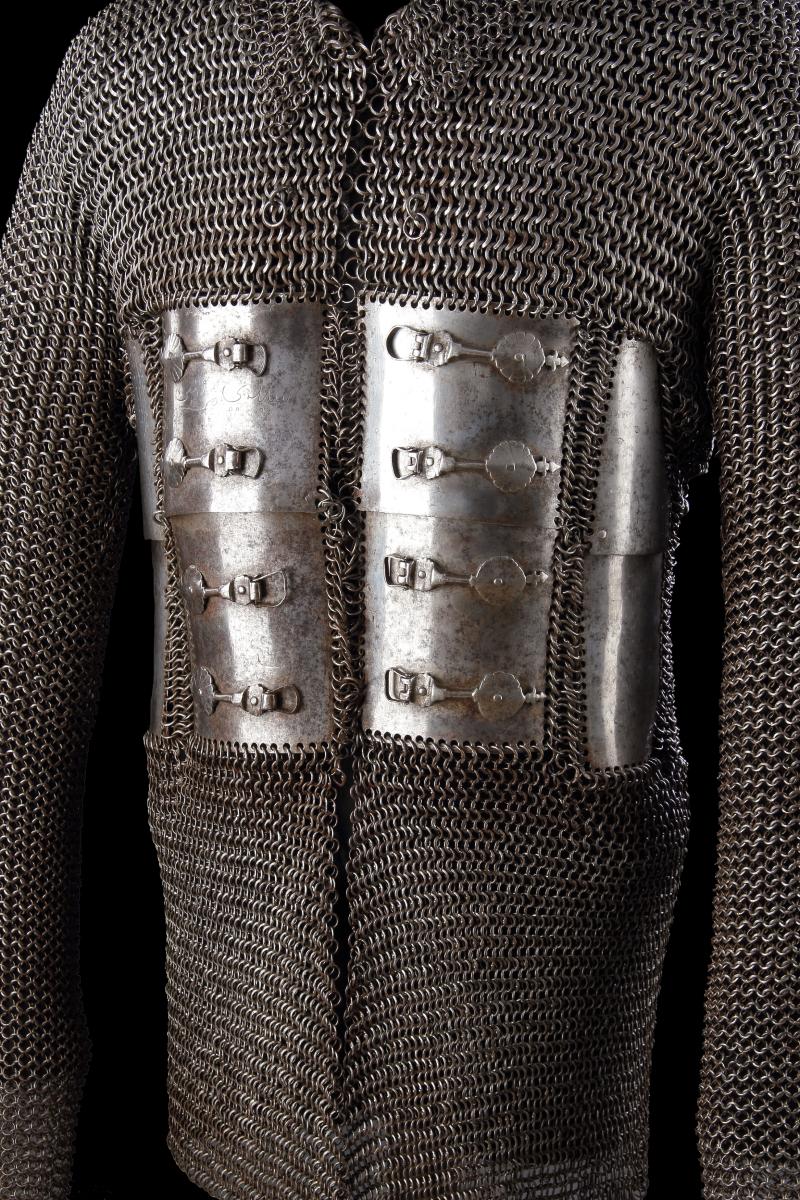
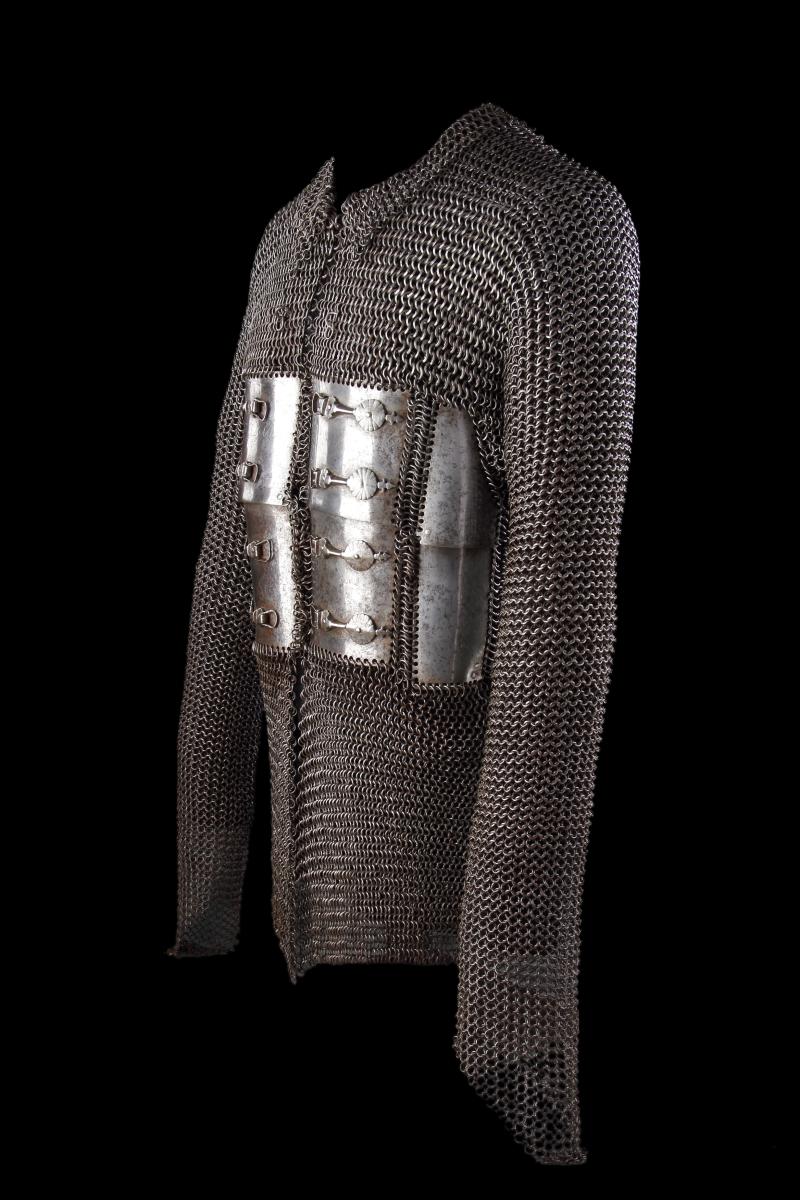
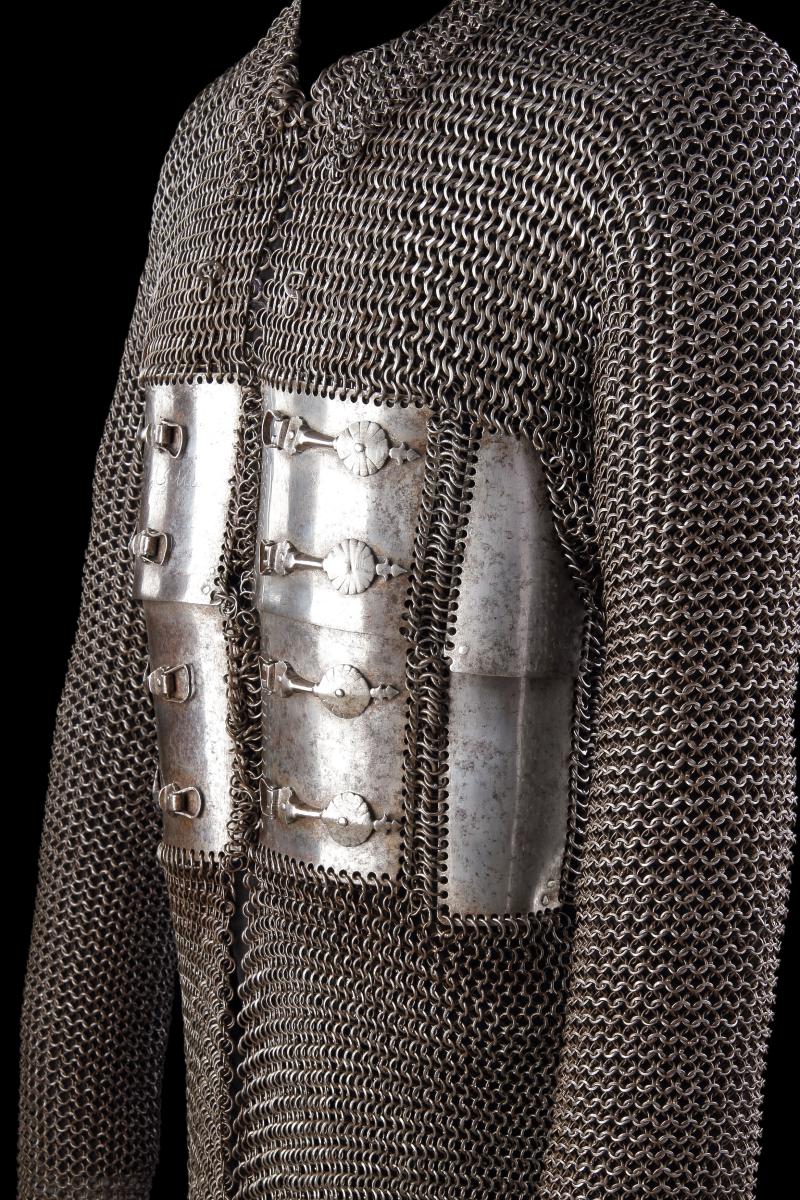
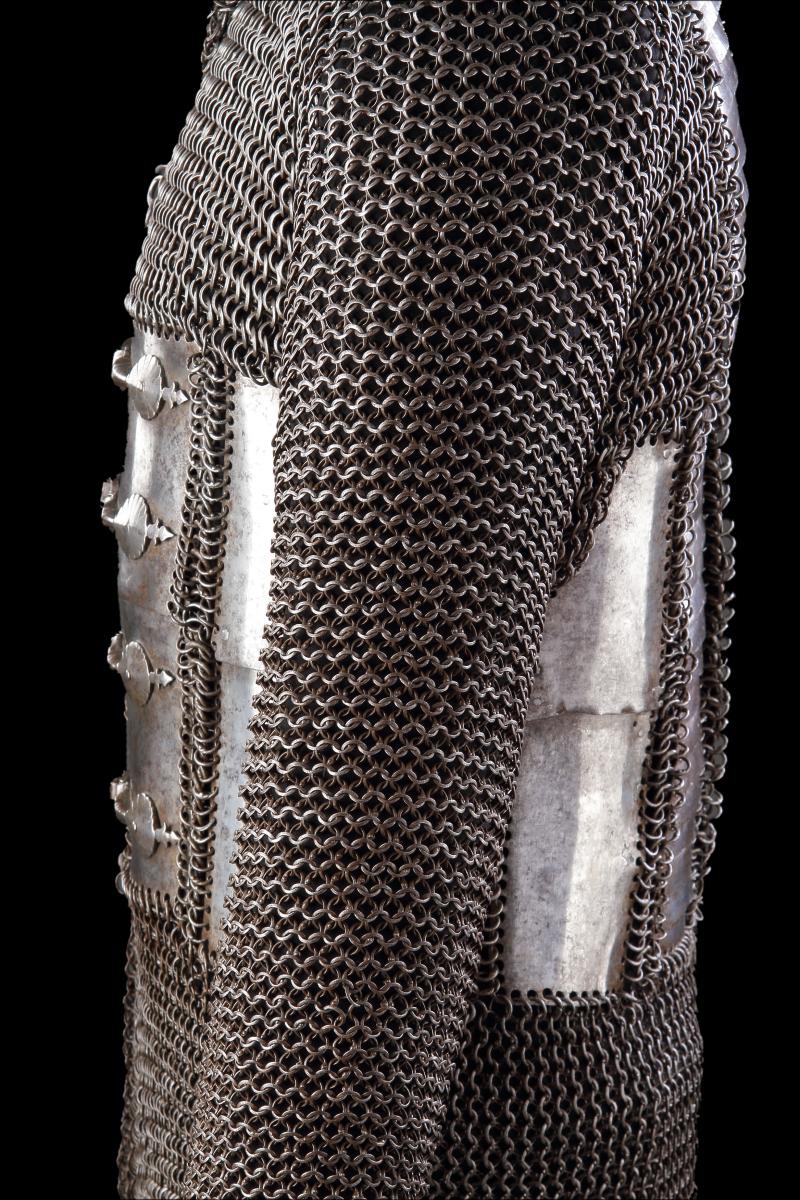
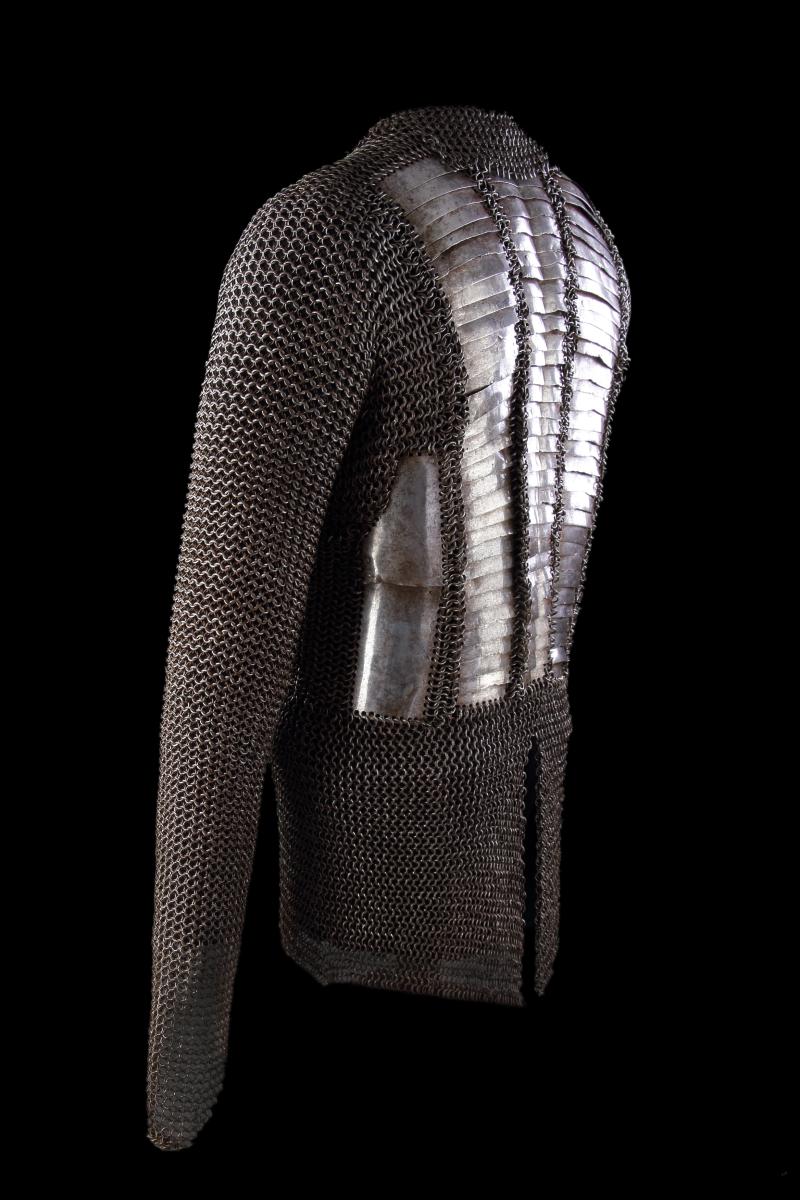
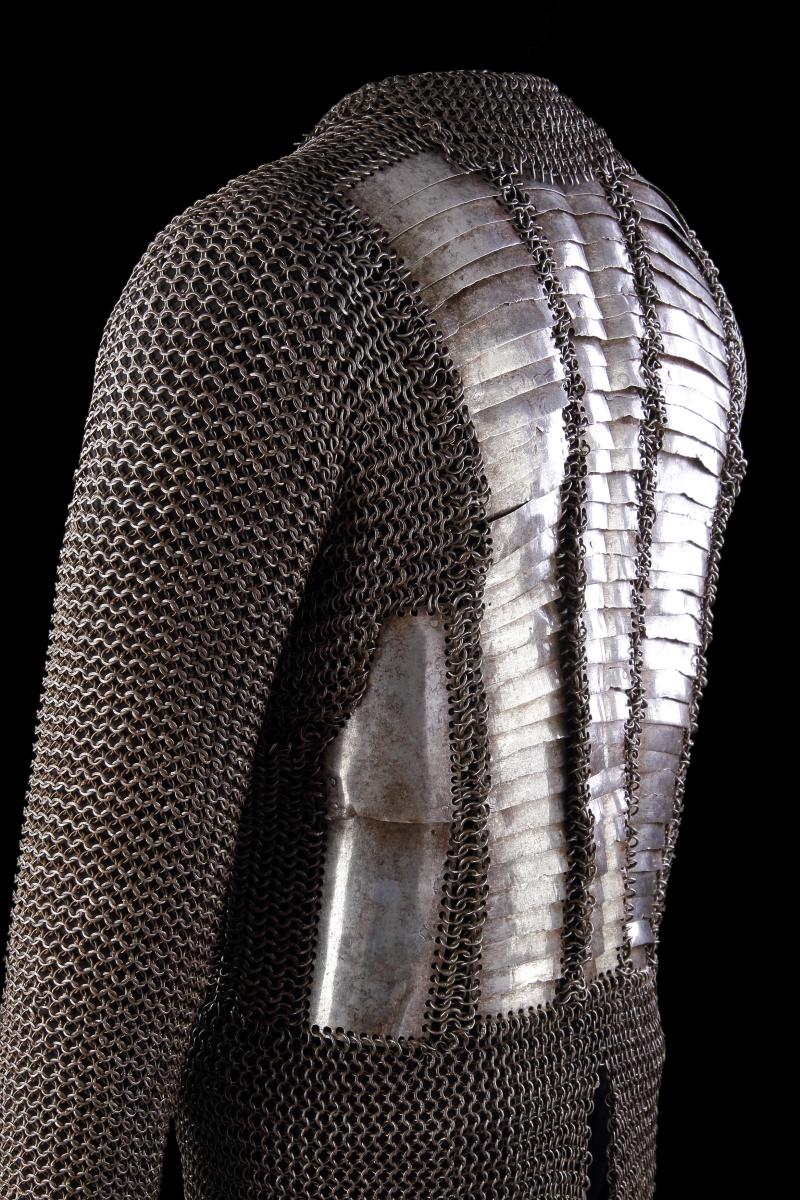
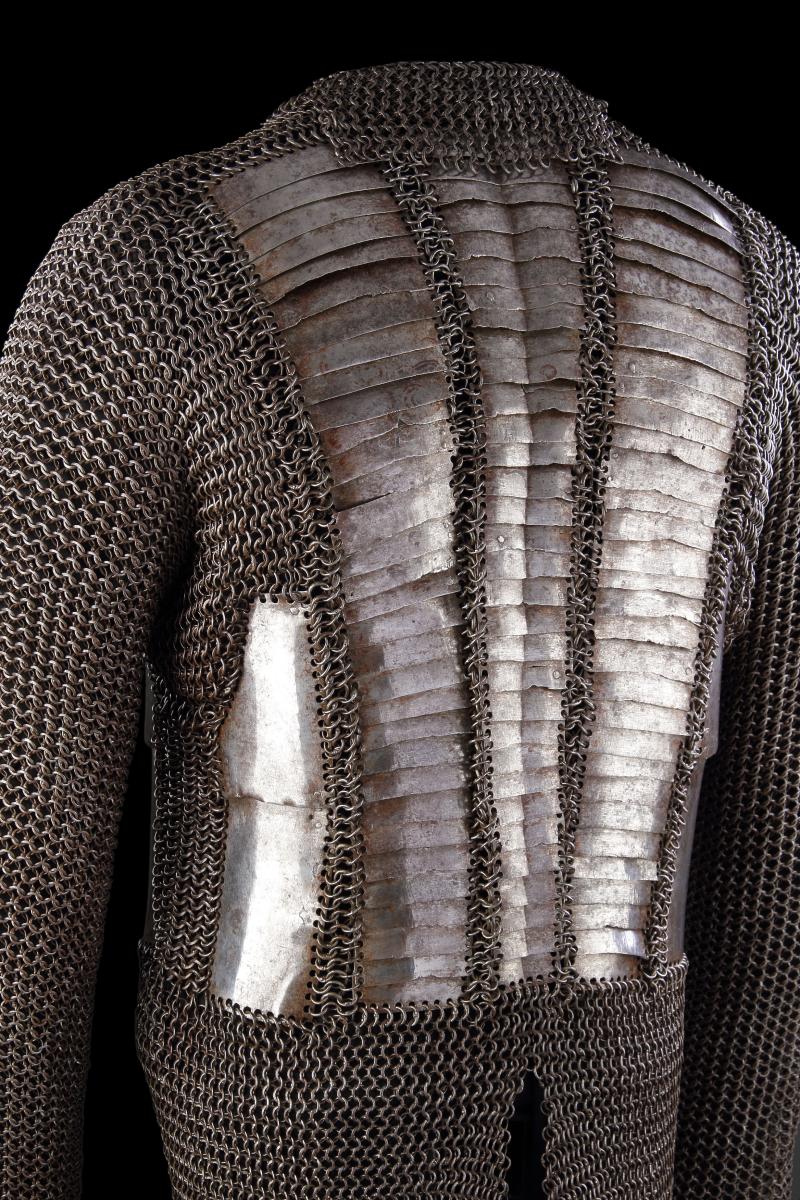
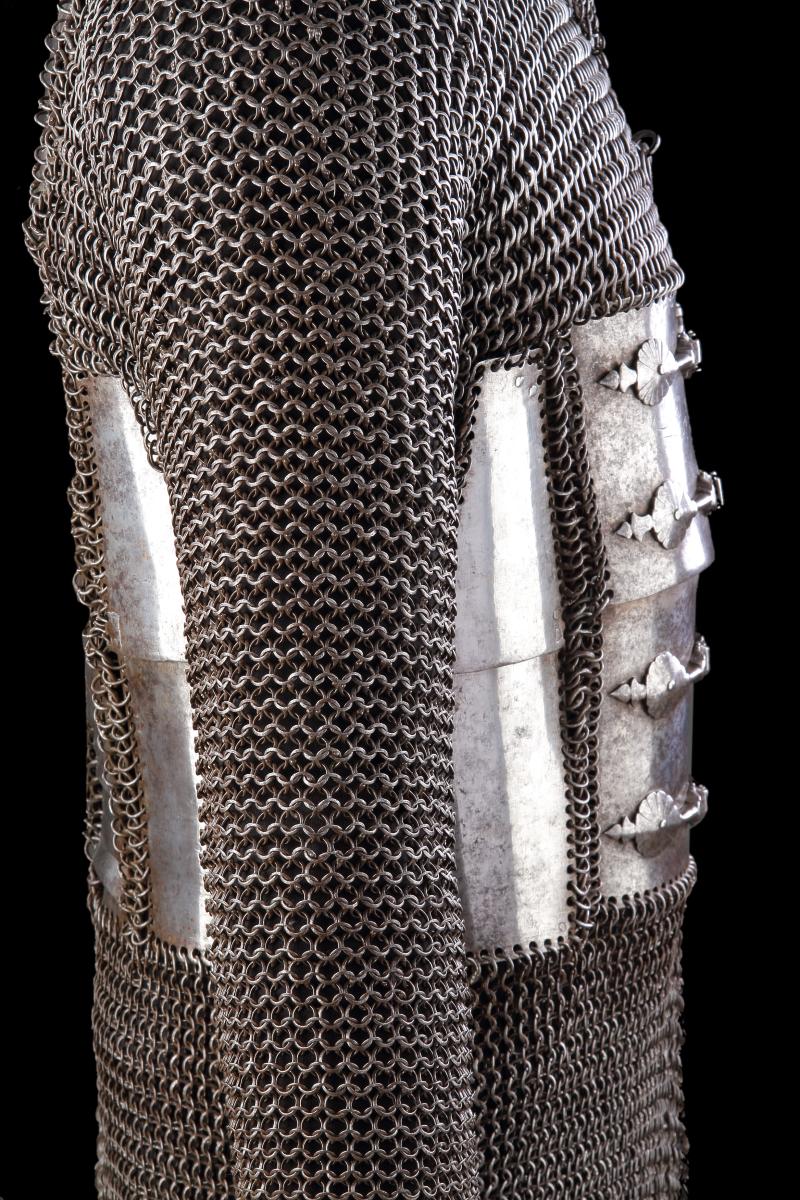
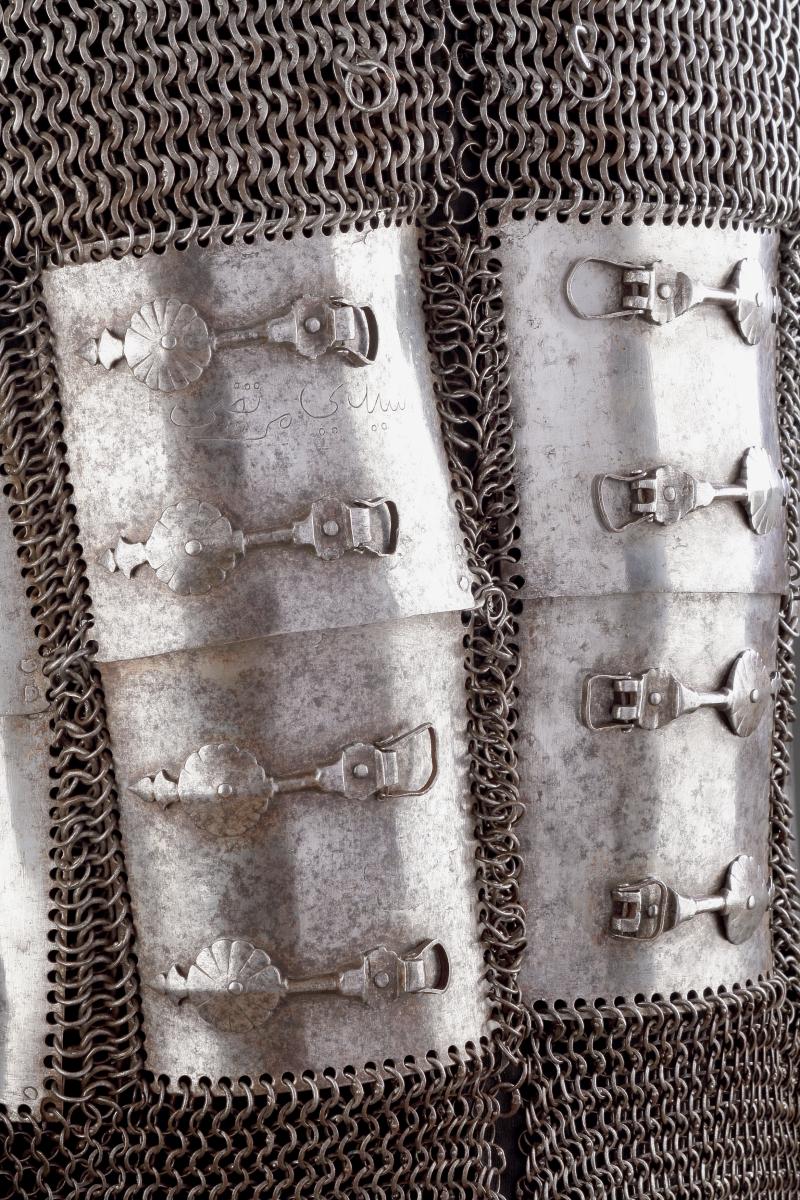
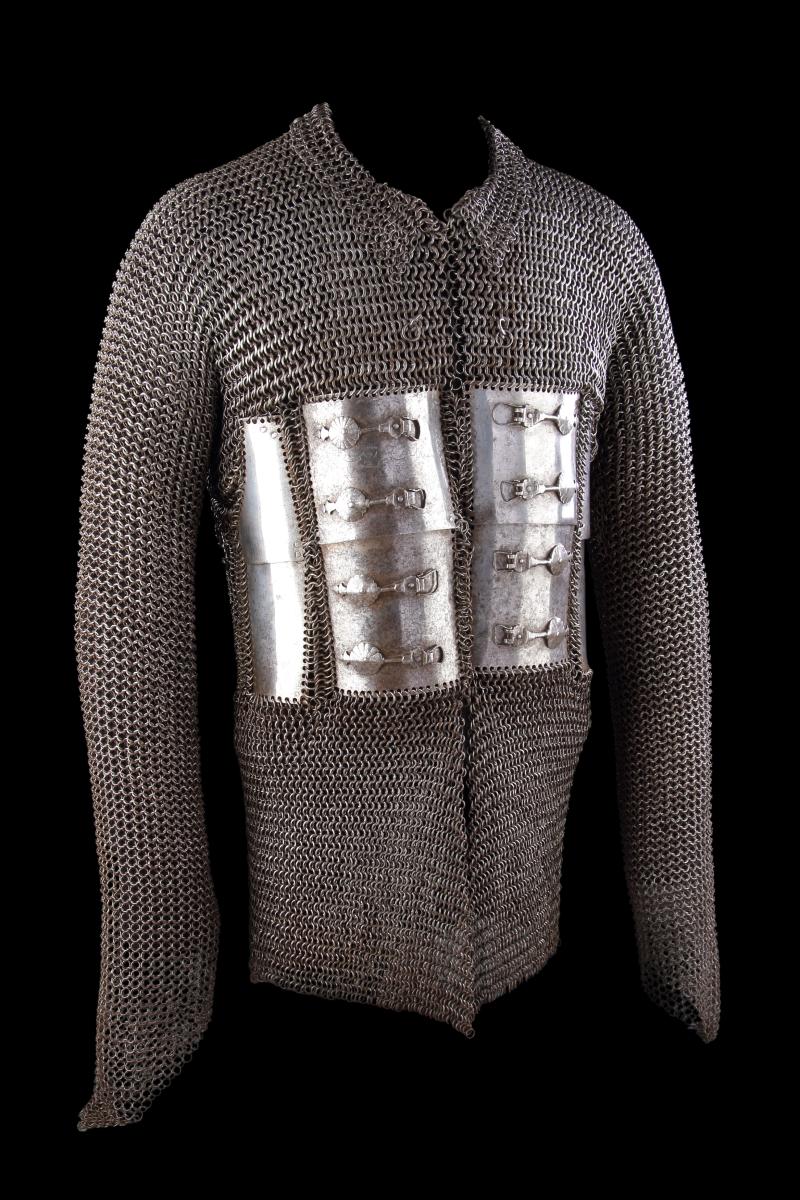
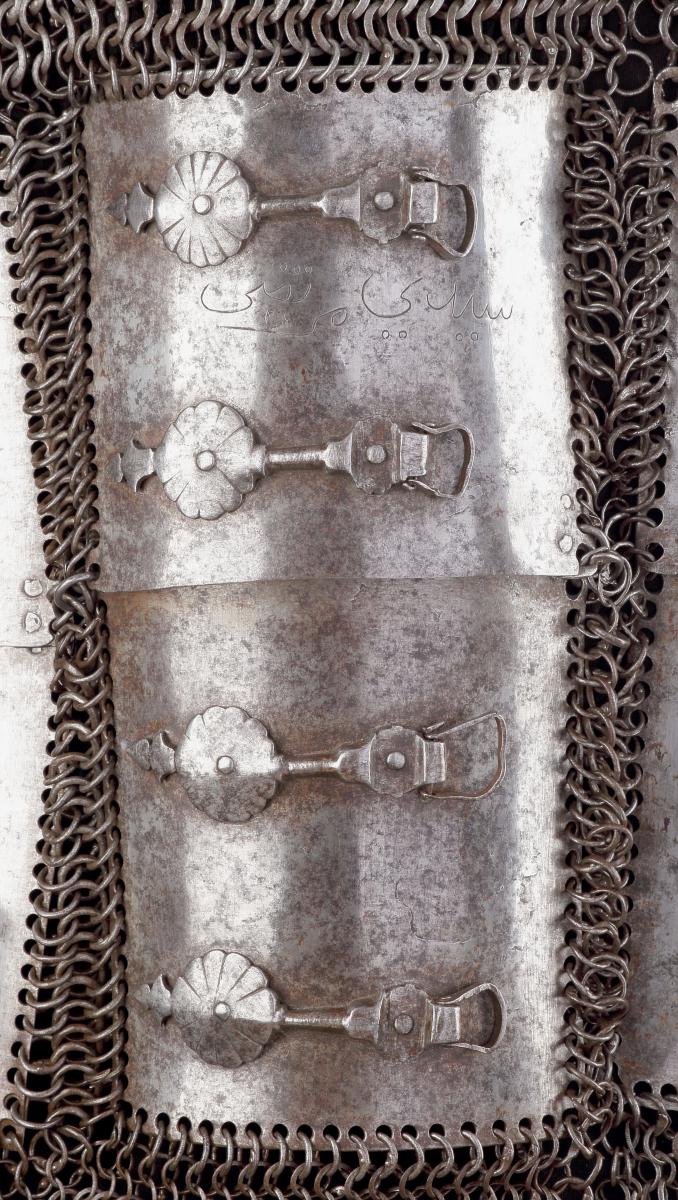
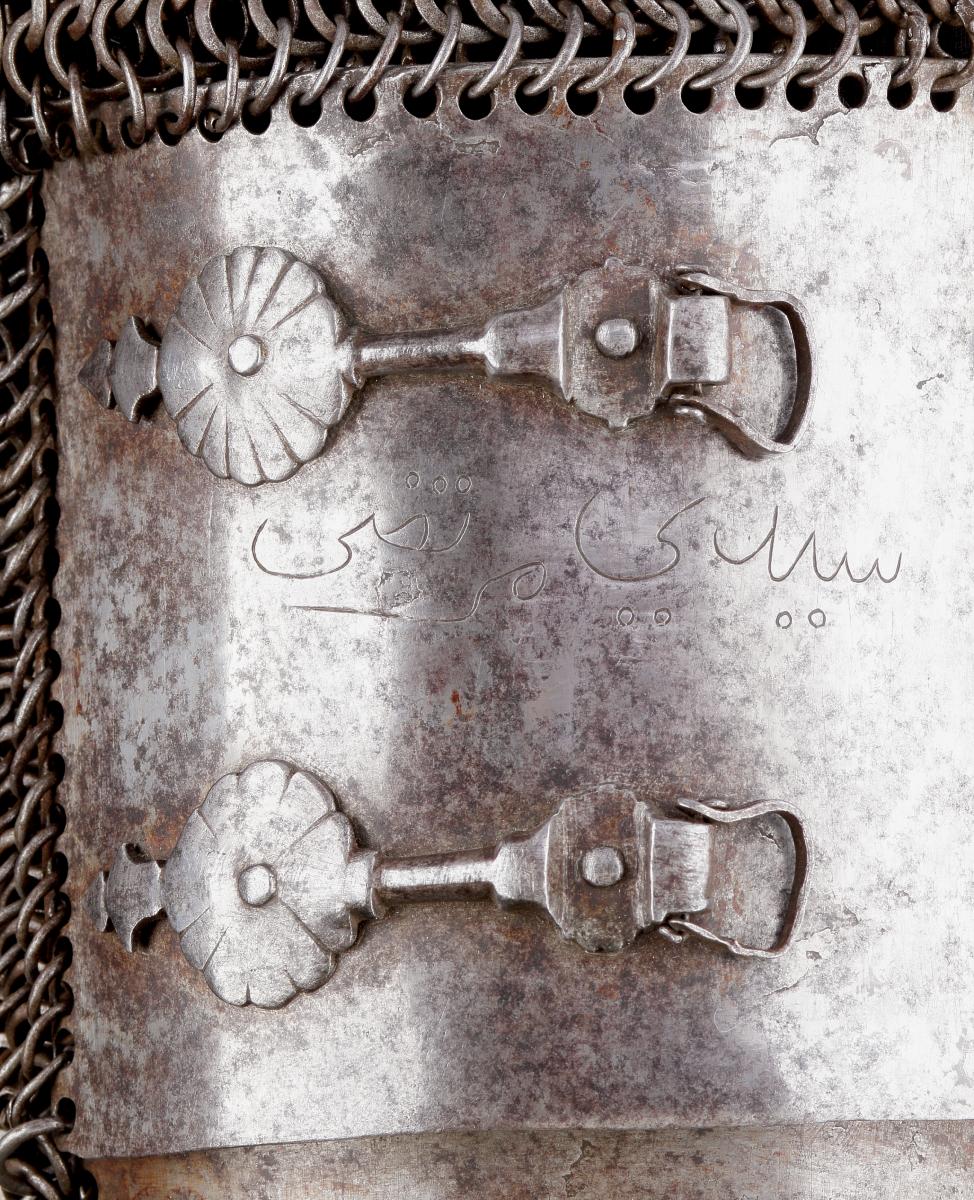
Price on application
This object is eligible for a Certificate of BADA Provenance
The BADA Standard
- Since 1918, BADA has been the leading association for the antiques and fine art trade
- Members are elected for their knowledge, integrity and quality of stock
- Our clients are protected by BADA’s code of conduct
- Our dealers’ membership is reviewed and renewed annually
- Bada.org is a non-profit site: clients deal directly with members and they pay no hidden fees
Shirt of Mail and Plate.
Place of Origin: Bijapur, India.
Date: 16th-17th Century.
Overall: 850mm (33 ½ Inches).
This impressive mail coat is in an excellent state of preservation and comprises one of the few heavier pieces that have survived from the late 16th to early 17th centuries. Such armours formed part of the famous armoury of Bikaner, Rajasthan,[1] and mail coats of this type were produced at Bijapur, the capital of the Adil Shahi dynasty.
The thigh-length shirt with long sleeves is composed of heavy graduating riveted links, heavier at the top for the more vital areas, and lighter towards the bottom. Rectangular iron plates, contoured to sit against the body, protect the abdomen and sides have four pairs of large buckles with decorative eye shaped studs. The plates at the rear are smaller, laminated and arranged into columns in order to afford the wearer some degree of movement.
A similar armour can be found in the David Collection and published in the catalogue for the 2021 exhibition with the same title ‘Fighting, Hunting, Impressing – Arms and Armour from the Islamic World 1500-1850’, Folsach, Meyer, and Wandel, p160-161, cat.no.55.
Provenance:
UK art market.
[1] The Bikaner armoury was situated in Chintamani fort, known from the early 20th century onwards as ‘Junagarh’ or ‘Old Fort’. It is perhaps best known for the arms and armour associated with the military exploits of ruler Anup Singh, who served extensively in the Deccan as commander, general and administrator. Arms and armour of the Bikanēr armoury can be identified by their characteristic punch-dot markings – the majority of weapons we encounter with such markings being entirely made of steel and of simple form, though well-crafted.
See Hermann Goetz; The Art and Architecture of Bikaner State, Bruno Cassirer, Oxford, 1950, p.17-18.
The BADA Standard
- Since 1918, BADA has been the leading association for the antiques and fine art trade
- Members are elected for their knowledge, integrity and quality of stock
- Our clients are protected by BADA’s code of conduct
- Our dealers’ membership is reviewed and renewed annually
- Bada.org is a non-profit site: clients deal directly with members and they pay no hidden fees


